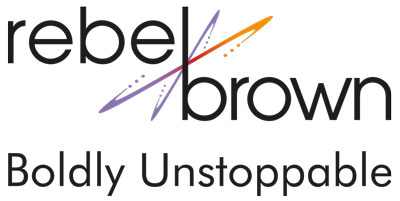

Change is not a happy experience for many of us. Whether it’s changing a personal habit, a professional belief or a business change that impacts our thinking about our markets and products – we resist change. Even when change is obviously a good idea.
So many of my turnaround clients needed business change. With change, they wouldn’t have been turnarounds. Yes, there were changes; layoffs, reorgs, less people doing more, less free food, smaller spaces and other fear-driven reduction programs. But the changes that would have resulted in longer term, growth differences, in terms of business models, market focus, value delivery and sales and product strategies, were not in the mix.
The dynamics of troubled companies and their change avoidance are one of the reasons I became interested in neuroscience. Why not change in the face of ultimate disaster? Today, I’m beginning to understand.
Your Mind’s Directive: Avoid Threats
Our unconscious mind creates habits and patterns to make it’s work easier. These habits and patterns are moved into an auto-responder in our brains called the basal ganglia. From driving a car to typing on a computer to the route you take to the baseball game – habits are stored in our autoresponder. That leaves more available cycles for our minds to process all the information it’s receiving from the world around us.
Our minds also create business habits in thinking and behavior. These habits include expectations about what can and should happen, how things should behave in the world around us and the processes, responsibilities and thinking that instill our business cultures.
When our unconscious mind senses a delta between what is expected and what is actually occurring, it sends out an error alert. This alert happens in an area of the mind that is connected to the amygdala, where our fear instincts and responses are stored. This error triggers our fear instincts, we see a threat in the change and so we move away. The error response is so strong that it causes physiological discomfort.
We hang onto whats safe and known, shutting down our ability to see new opportunities, to adapt to our changing markets. We get stuck in what’s known as the Status Quo Bias. And that’s when change and/or innovation comes to a grinding halt.
Stepping Into Change
As leaders we can use the knowledge of our human minds to lead successful change. First, we have to realize that traditional leadership paradigms such as the stick and the carrot won’t work. Threatening someone with the “change or else,” approach only serves to increase the threat response and trigger status quo bias. Incenting people to change in the face of the mind’s error message doesn’t work either.
So how do we lead successful change in our business and our lives? We’ll talk about that on Friday.
In the meantime, here’s some homework:)
Think back to a change in your history that was difficult. How was that change introduced to you and/or the team/organization? Who was involved in driving that change? What was the motivation/reason for the change that was presented to you and the organization? Did leaders/others explain the problems requiring the change? Did they explain the benefits for all on the other side of the change?
Now think back to a change that was straightforward, even exciting. Ask yourself the same questions…
See you on Friday!






2 Comments
LaRae Quy
May 15, 2013 - 7:51 pmHi Rebel
You are so right . . . so many of our reactions to change are driven by fear of the unknown. If we stay in that mindset, our fear of change will eventually affect our behavior. The limbic brain reacts with emotion and unless we can move to the part of the brain that thinks logically, we will be held hostage by our emotions.
I love the idea of identifying times in our past when we’ve reacted to obstacles and adversity in a way that moved us forward; once we can, we can pinpoint how we did it so we can repeat that same performance the next time we’re confronted by obstacles and adversity.
Good thoughts!
LaRae
rebel brown
June 16, 2013 - 9:04 amHI LaRae
So sorry for the delay in replying – tech difficulties with the comments system on my new site. Sigh.
The thing I believe to be important is that we are driven by the instinct of fear. IT’s 90% of the hard wiring in place in our brain the day we’re born. Change of any kind triggers a threat response which then triggers our survival mind. It takes more than forcing ourselves into conscious mode and beyond the fear. That doesn’t change the program that drives the pain response in our mind. Only by reprogramming the mindware that triggers the fear can we truly step beyond the resistance to change and into more choices and opportunities.
That’s why I now understand the power of neuroscience. All the stuff we were taught about managing our mind and forcing ourselves beyond emotions is a bit off the mark. Our instinctual programs will dominate – no matter how hard we try to force the shift. We need to change our mindware to truly step into big change. And thats just what neuroscience empowers us to do.
THANKS as always for stopping by and sharing!
reb